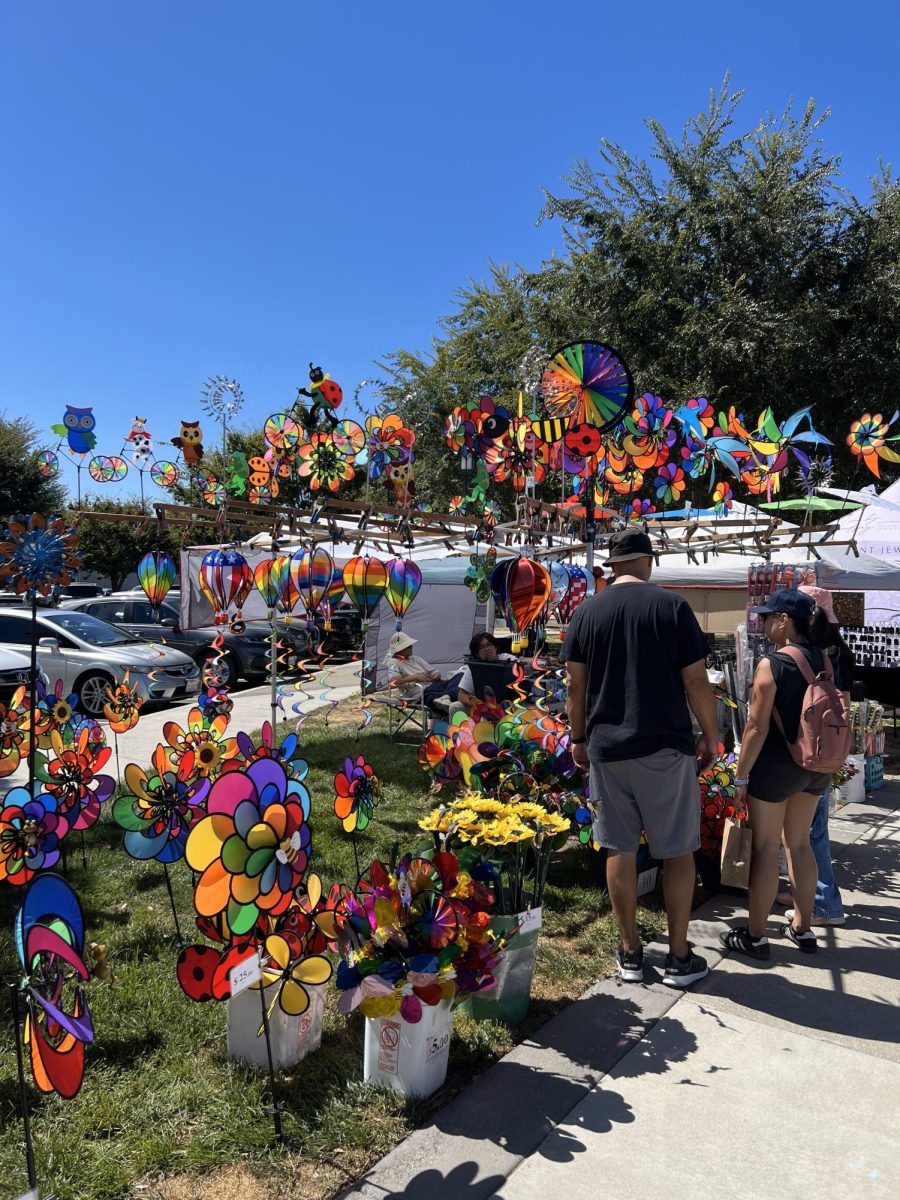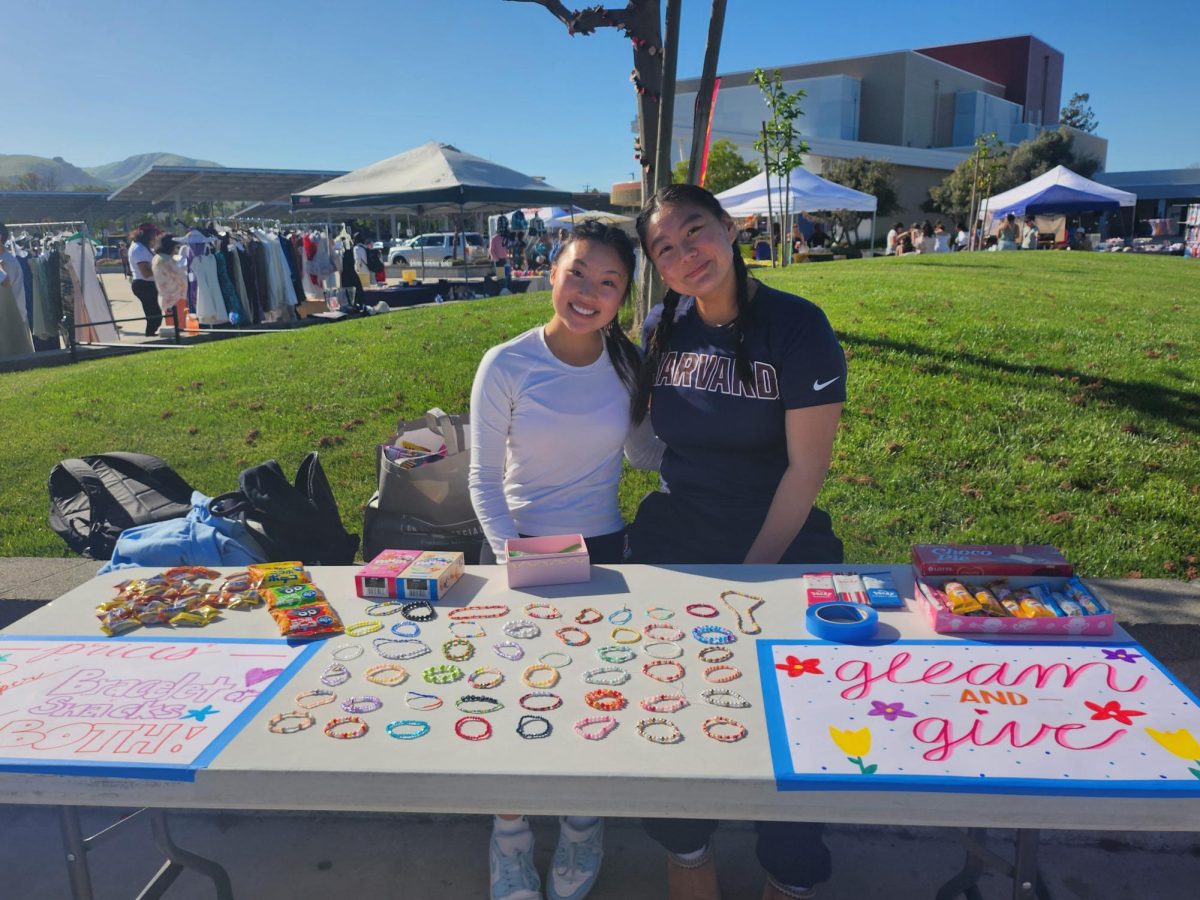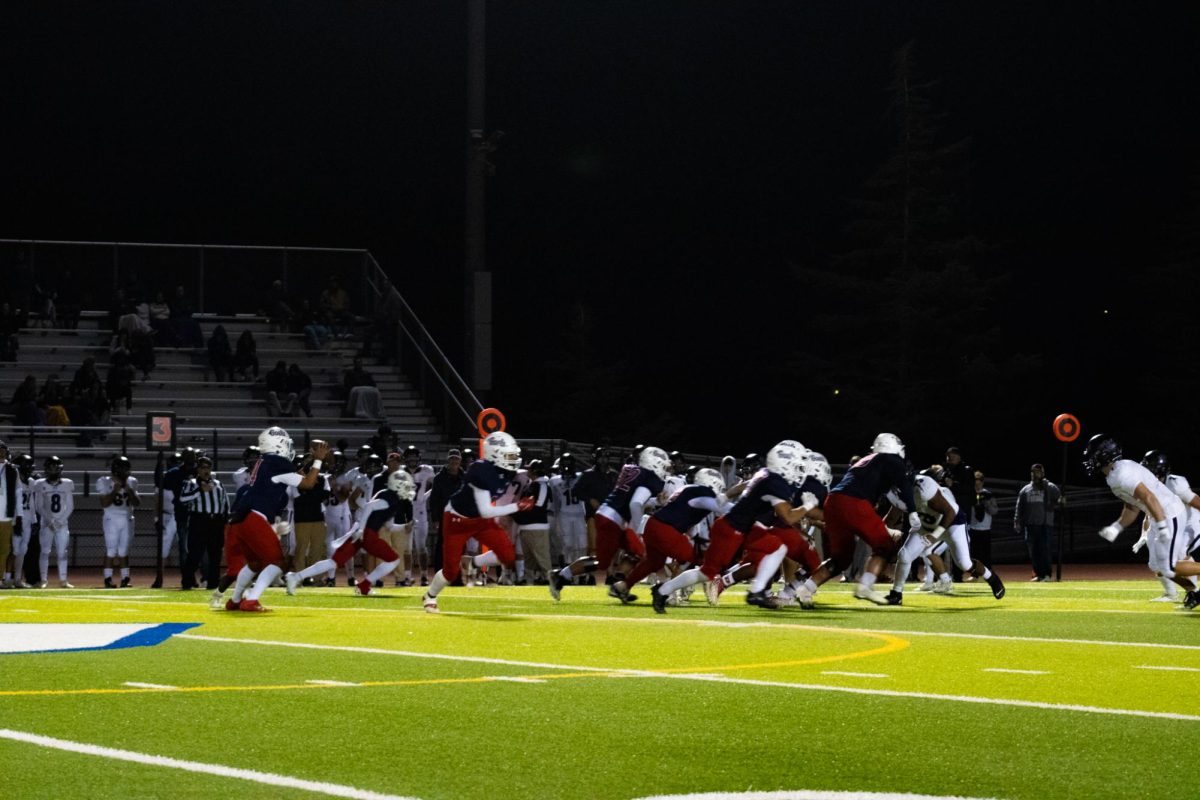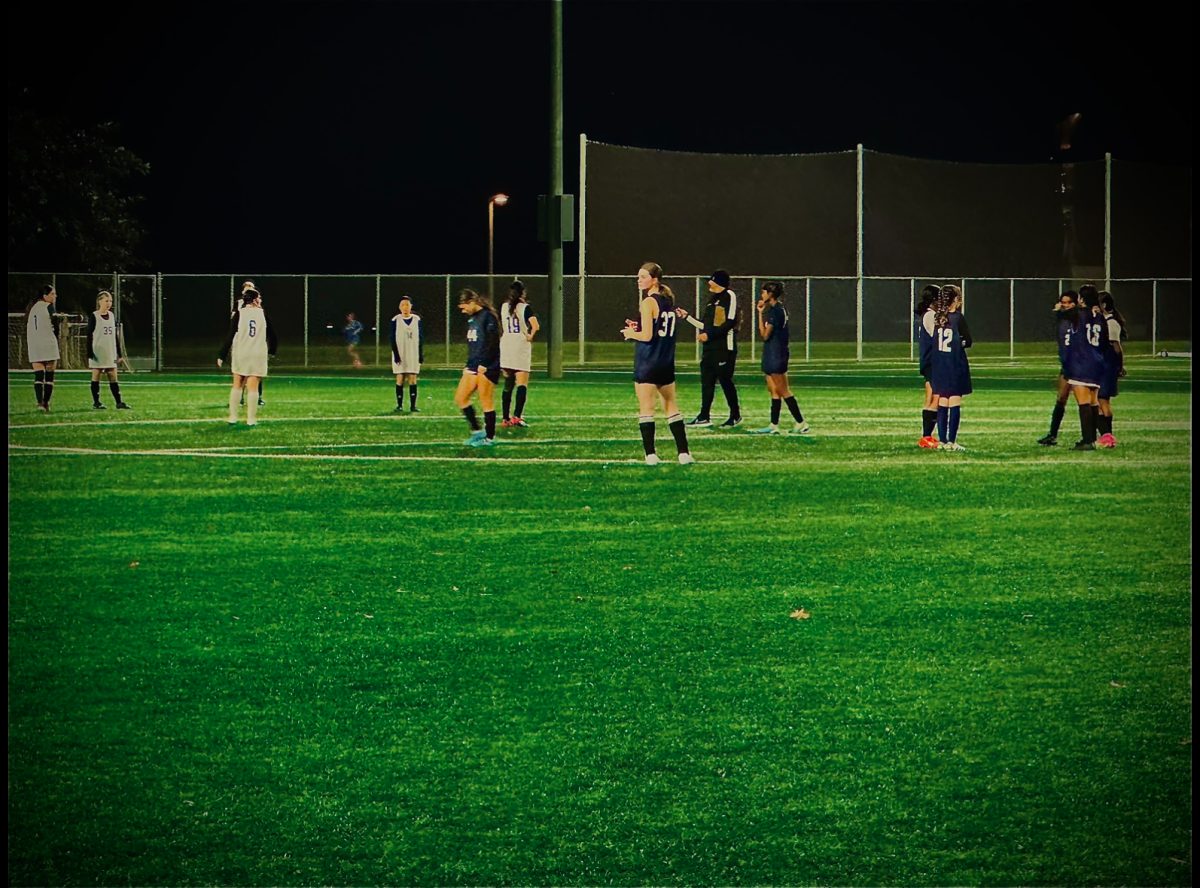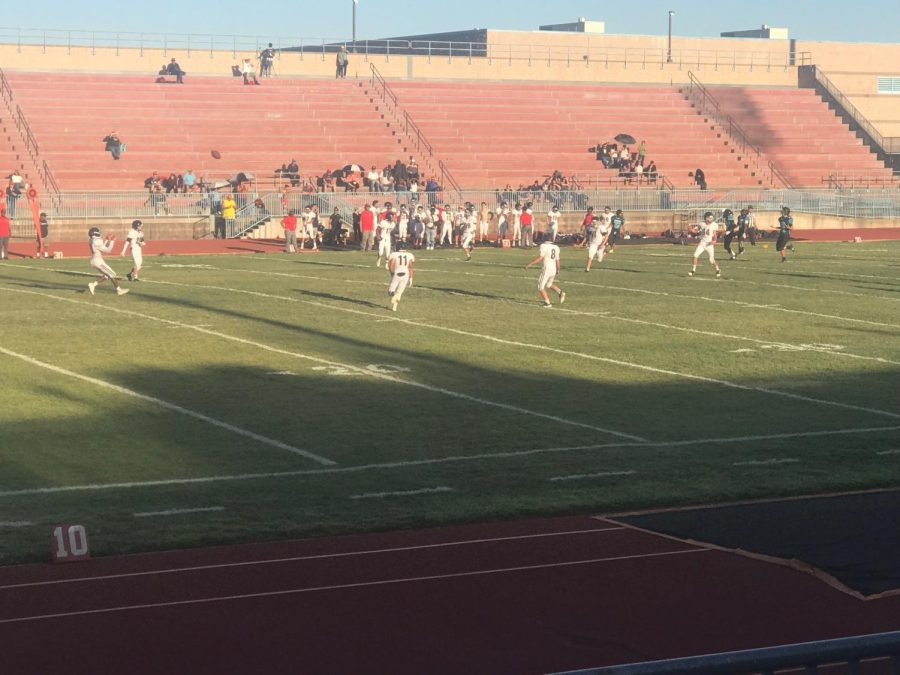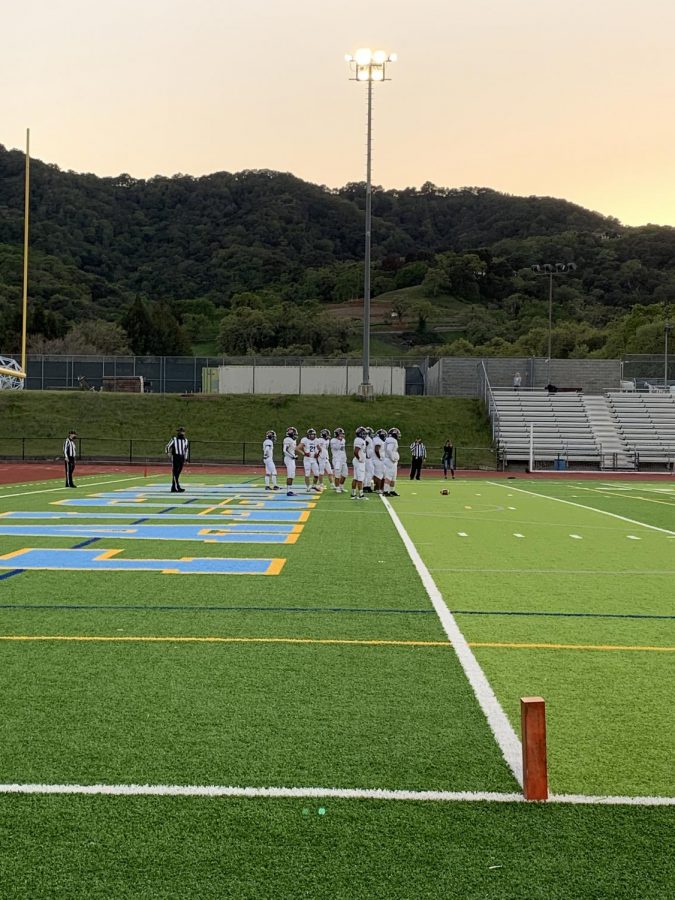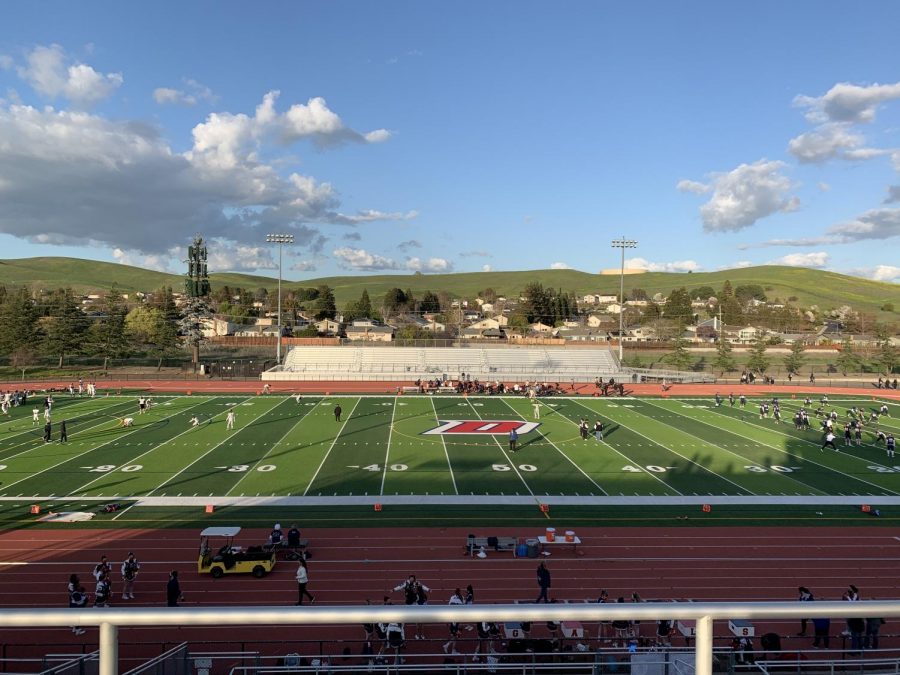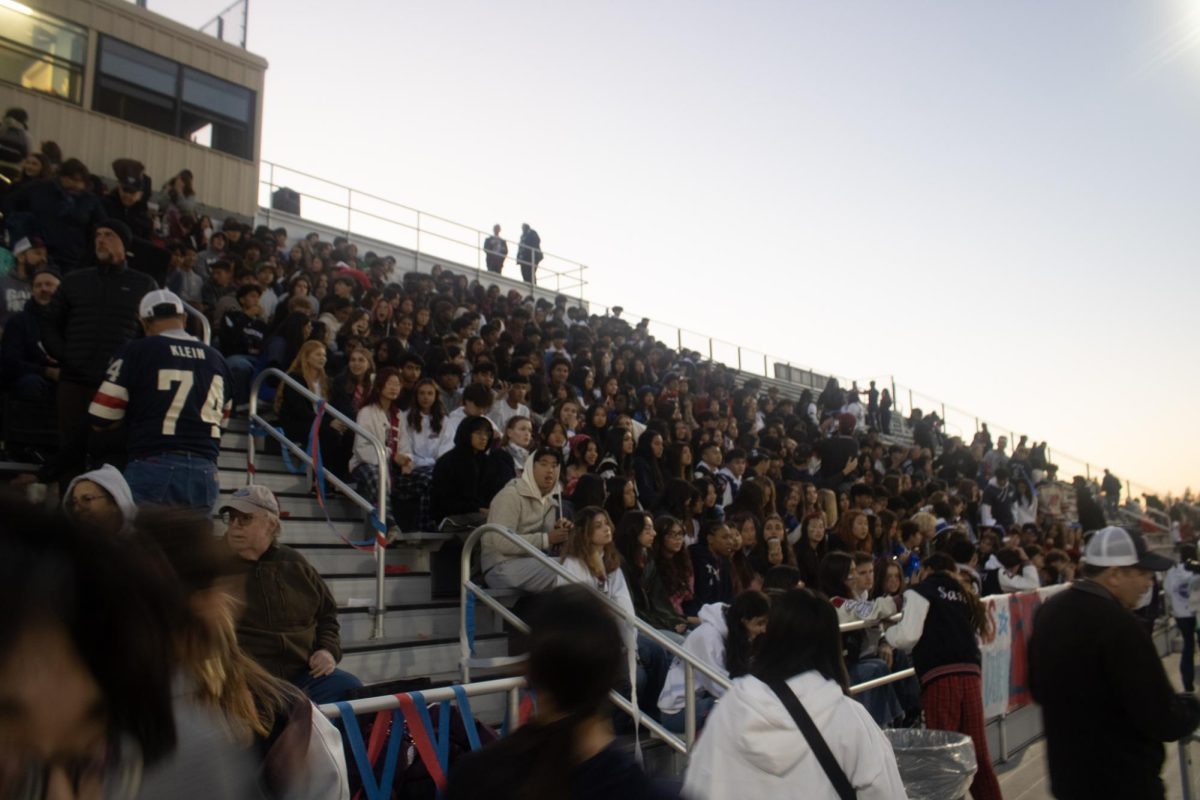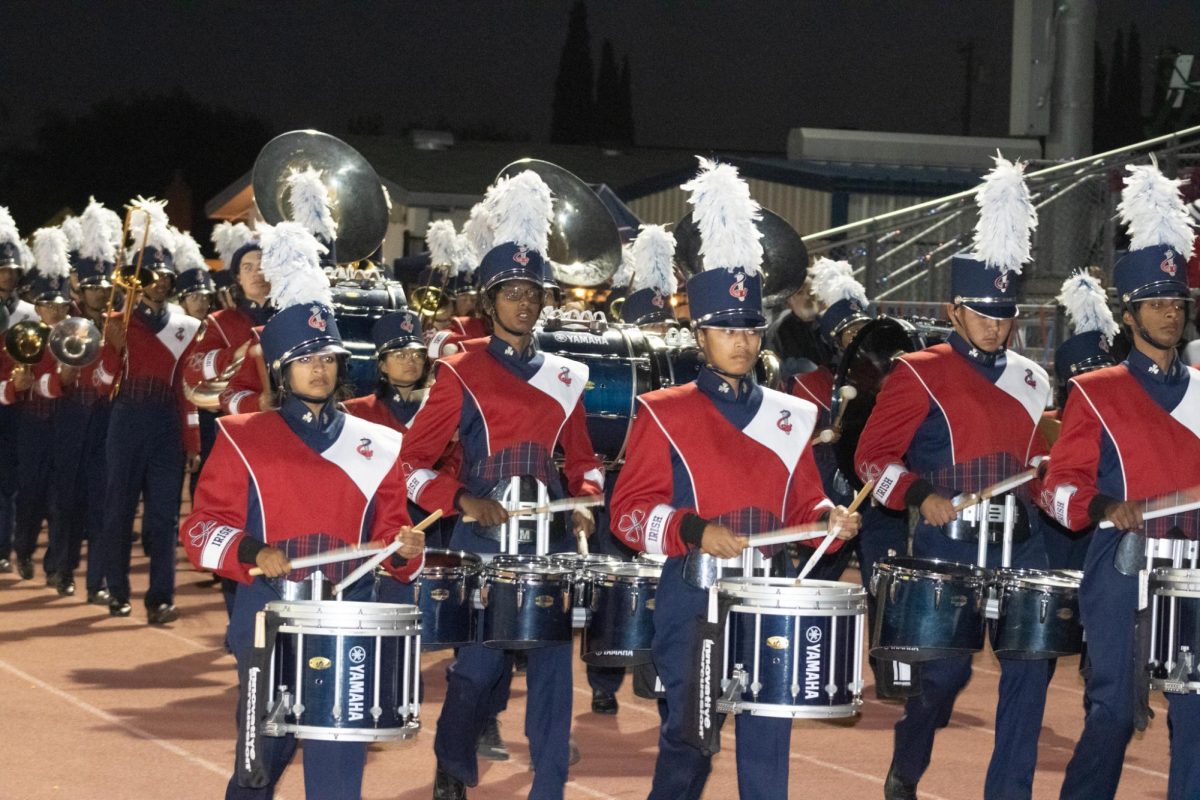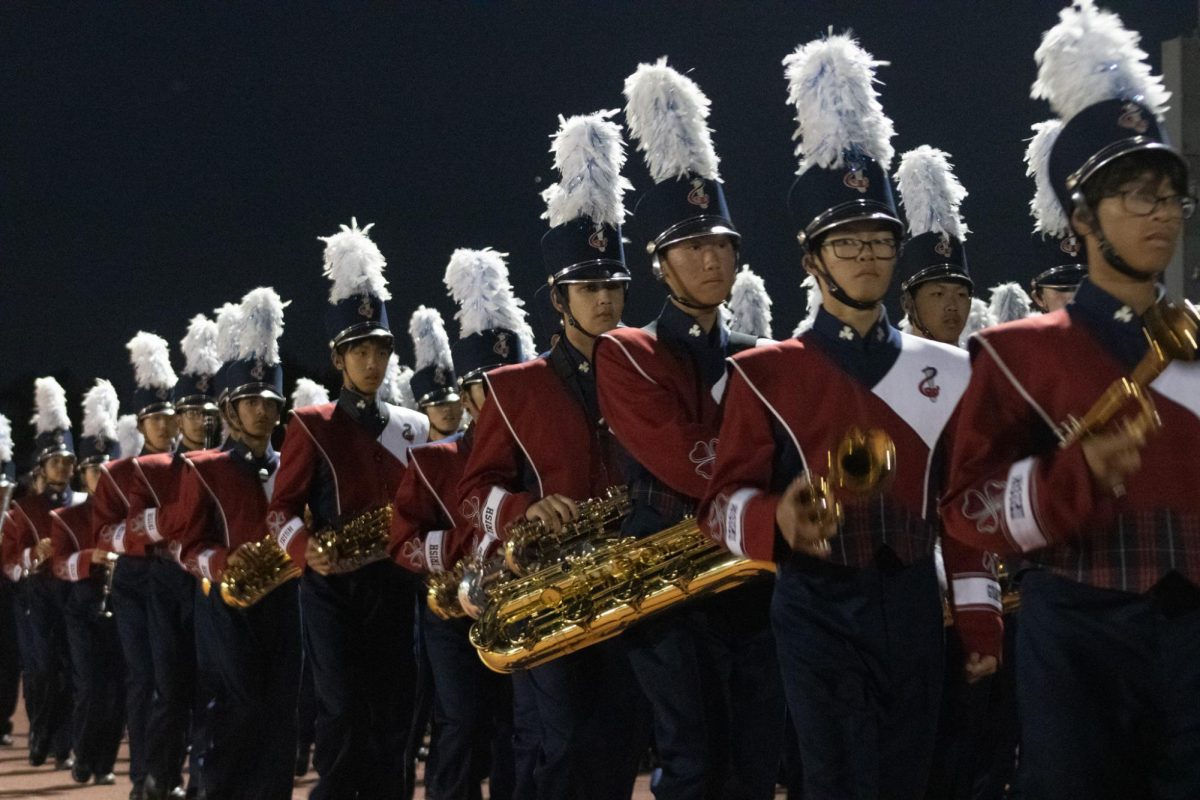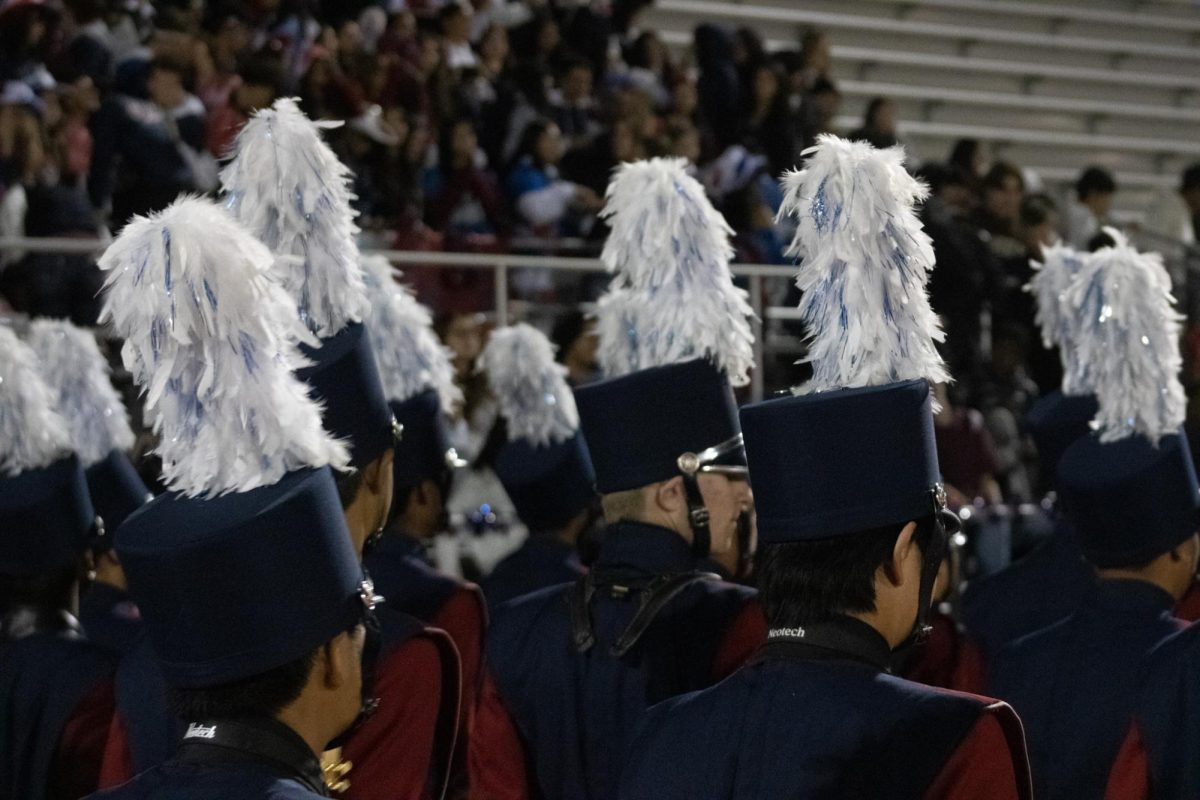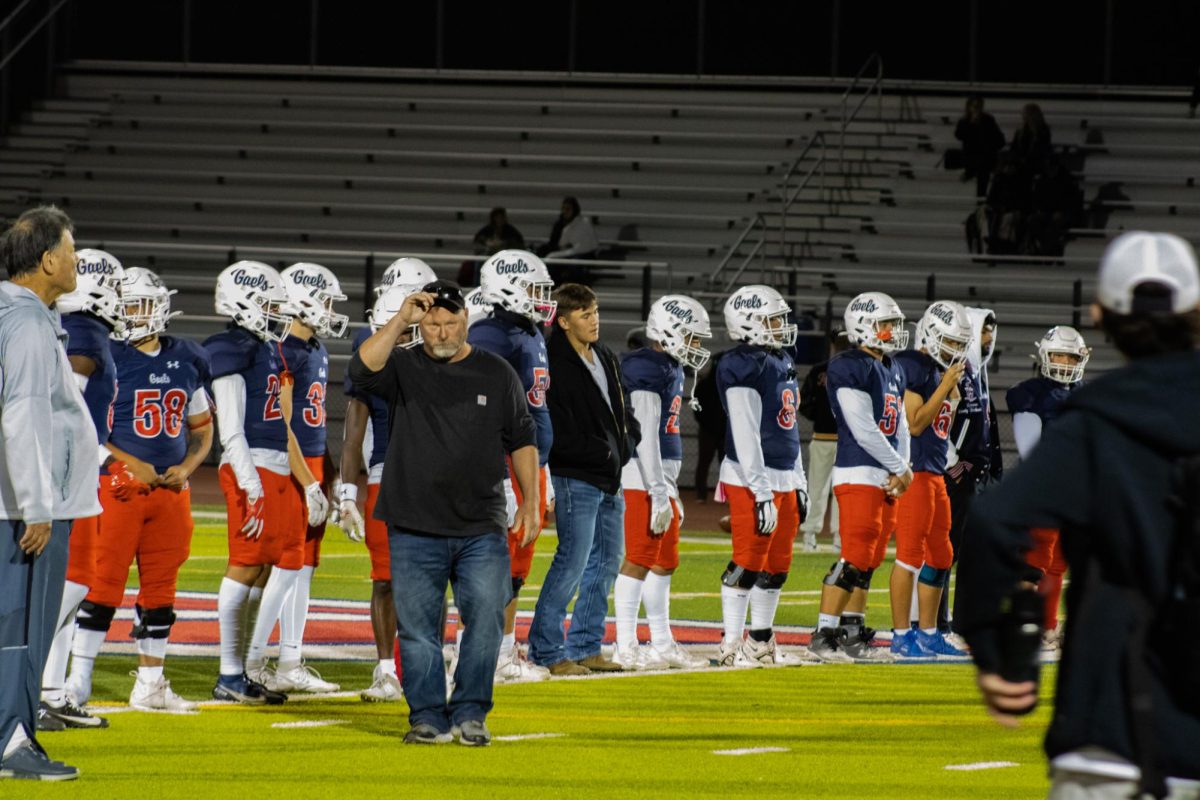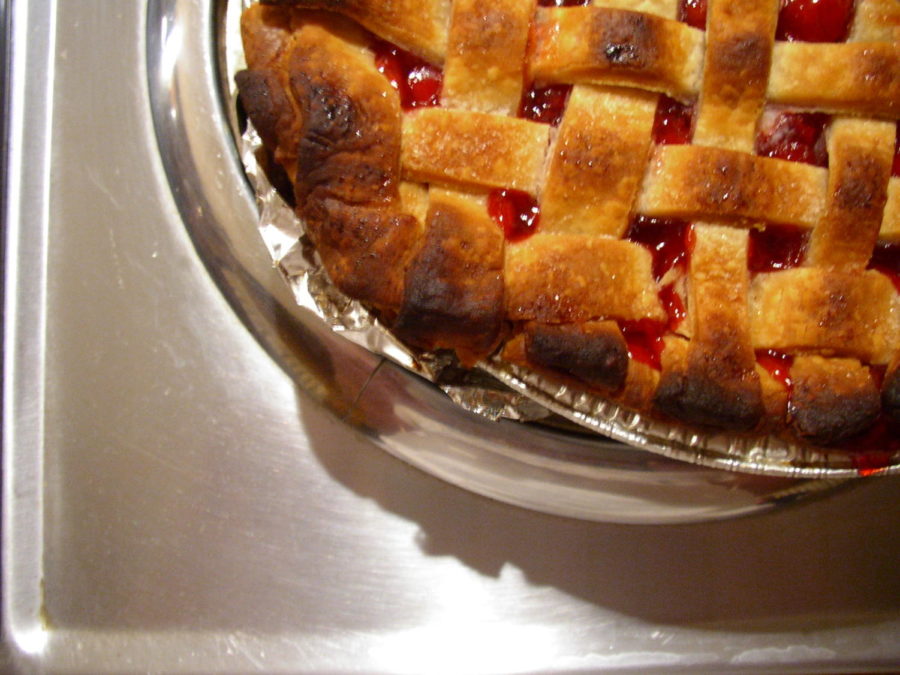A Delicious Guide to World Festivals
“During Thanksgiving, I make food with my parents, and then we all dress [nicely] and eat a bunch of food,” recounts DHS Freshman Neha Varughese, and she’s not alone. Each Thanksgiving, thousands of families come to eat a huge meal, compelled by the story of the holiday.
The day is a joyous occasion where the Plymouth settlers and the Native Americans came together to eat a simple, peaceful meal. And regardless of its accuracy, it serves as a reminder that food brings people together.
Hanukkah (11/28 – 12/06)
Hanukkah, or the Festival of Lights, is a Jewish holiday that lasts for eight days. During this festival, families celebrate the rededication of the Holy Temple in Jerusalem with many prayers and fried foods.
After “a small band of faithful but poorly armed Jews, led by Judah the Maccabee,” defeated the Greeks and rededicated the Holy Temple, they needed to light the Menorah (Chabad). Using the last pot of olive oil, they lit it, with the flame lasting eight days. Accordingly, due to the significance of oil in Hanukkah’s origin, fried foods are an essential part of the festival, reminding families of Hanukkah’s start.
Christmas (12/25)
Christmas is celebrated worldwide; hence, each place has a different way of celebrating it. For Christmas in the United States, families traditionally eat stuffed turkey with mashed potatoes, gravy, cranberry sauce, and vegetables. As for dessert, people eat pie (and Christmas pudding).
In Australia, as it is summer, people sometimes celebrate with a barbeque and a hot meal with meat. In Norway, they eat many different types of desserts, like the Yule log.
Of course, these are just a few of the various Christmas traditions. And while they are all very different, they do share something in common— they all bring families and friends together.
Kwanzaa (12/26 – 1/1)
A relatively new festival, Kwanzaa was created by Dr. Maulana Karenga in 1966 as a way for African-Americans to celebrate their heritage and culture.
Each symbol of the celebration relates to this purpose: Mazao (crops) symbolize their roots in agriculture, the Mkeka (mat) represents their traditions and history, the Kinara (candle holder) reminds people of their ancestral roots, Muhindi (corn) symbolizes the younger generations’ potential, and the Zawadi (gifts) honor the parents and their dedication. Finally, the Jjimbe cha Umoja (unity cup) represents harmony.
With the food eaten during this festival including diverse dishes from different African cuisines, it truly appreciates the culture.
Pongal (1/14 – 1/17)
Pongal is a four-day South Indian Hindu festival, celebrated on the winter solstice. It is a harvest festival, so the main purpose is to celebrate the abundance of food and it’s dedicated to the Sun god, Surya. During the celebration, people also take the opportunity to pay respects to their ancestors and domestic animals, offering food to both, dressing their animals prettily, and not consuming meat on that specific day.
The festival’s name means ‘to boil over and overflow’— and it relates to a dish sharing the same name made during this festival. Pongal (dish) is essentially a lentil, jaggery, and rice pudding; it is first offered to the gods and ancestors, then to the animals, and finally to the family members. They also share sweets with their family and friends.
Chinese New Year (2/1)
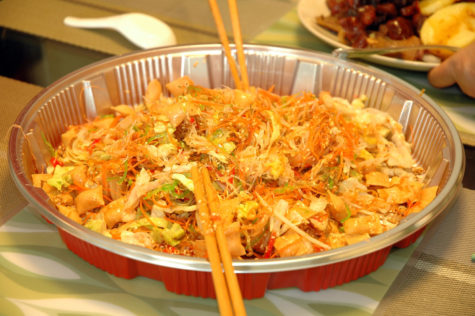
This holiday coincides with the Chinese lunar calendar, where people honor their house, deities, and their ancestors.
To celebrate, families come together and eat lots of food. The first feast is on New Year’s Eve, and they end the meal with fish (not actually eaten, but made to show abundance). During the first five days of the festival, families eat long noodles, symbolizing a long life. And on the final day, dumplings shaped like full moons are eaten to represent family and perfection.
Ramadan (4/2 – 5/2)
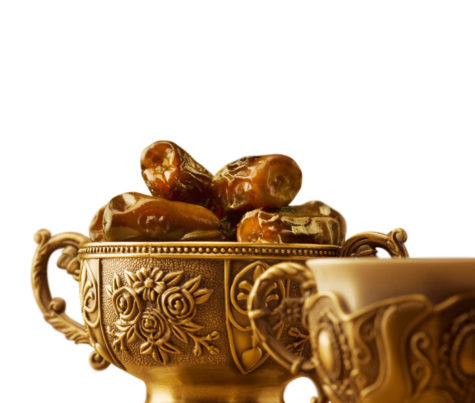
The month of Ramadan is an important period of observance for Muslims. During this month, they fast every day, eating only in between the time span of the evening to the early morning.
The early morning meal is called suhur, and the evening meal is called iftar. People generally start their evening meal with dates
and sweet drinks, intended to give an energy boost after a day’s fast. Following their main course, they end with a dessert— usually the cakes, kunafa or qatayef.
Nevertheless, no matter what this meal might be like, the most important part is that people are reminded to share with anyone who might not have this food.
“Food in Indian festivals is used to bring festivity to each celebration . . . through [it], families connect and make connections with our culture,” Maegha Ramanathan, a freshman at DHS, shares. This shows just how important food is in her culture, which relates to many other cultures as well.
To conclude, food plays a critical role in numerous cultural celebrations. It’s used to remind people of what they are celebrating and honoring, and is also a way to come together and enjoy the festival. Additionally, food is a method to bring awareness to other cultures. When people share their own cuisines with others, they also show others their traditions, bringing people from many different backgrounds together.
Your donation will support the student journalists of Dublin High School. Your contribution will allow us to purchase equipment and cover our annual website hosting costs.

Sanjani is a freshman and staff writer for the Shield. Always having been interested in writing, she joined the Shield to get more experience and is excited...












